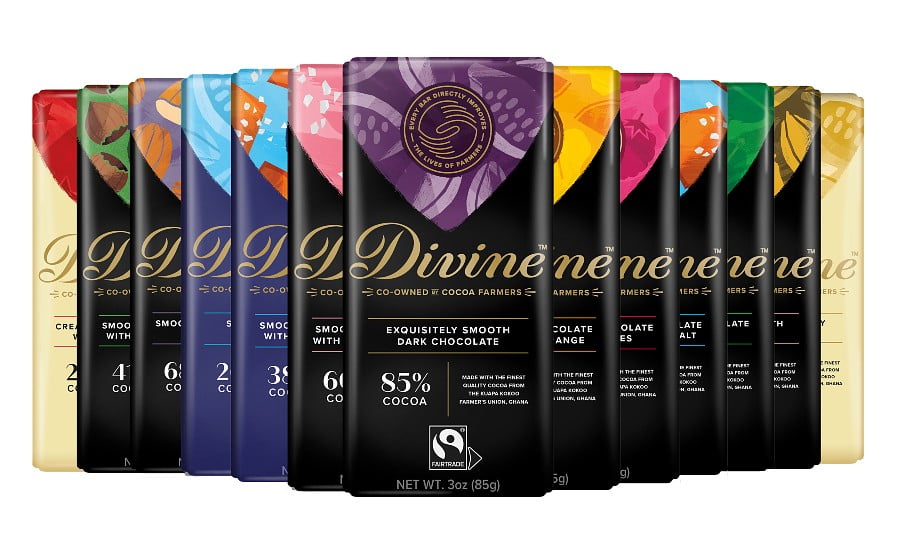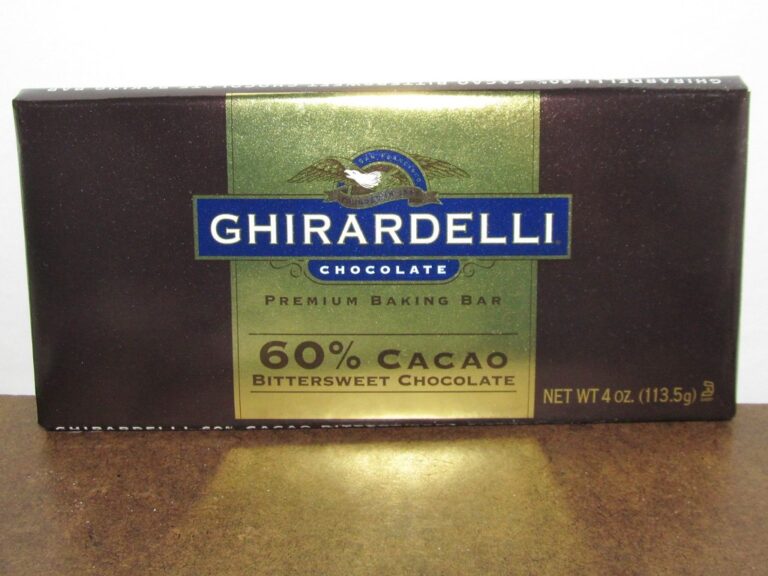As consumers, we are constantly bombarded by many choices when purchasing products. With the rise of e-commerce and the availability of online shopping, the role of packaging has become even more critical than ever before. This is especially true in the food industry, where chocolate packaging influences consumer behavior.
This article will explore the power of packaging and how it influences consumer behavior, focusing on the chocolate industry.
The Importance of Chocolate Packaging
Chocolate packaging is more than just a means of transporting the product from the manufacturer to the consumer. It is an essential aspect of the marketing strategy of chocolate brands, as it plays a vital role in attracting and retaining customers. A well-designed and visually appealing package can differentiate a brand from its competitors, creating a solid brand image and increasing brand loyalty.

At the same time, packaging also serves a functional purpose. It protects the chocolate from damage and extends its shelf life, ensuring that the product arrives in a desirable condition at the consumer’s doorstep.
The Psychology of Chocolate Packaging
Packaging has a profound psychological impact on consumer behavior. The package’s design, color, and texture can influence the consumer’s perception of the product and the brand. For example, using bright colors and bold typography can create a sense of excitement and playfulness, making the product more attractive to younger consumers.
On the other hand, a more minimalist and sophisticated design can appeal to a more mature and discerning audience. In addition, the package’s shape and size can influence the product’s perceived value. A larger package may suggest a more excellent value for money, while a more petite package may suggest exclusivity and luxury.

The Influence of Chocolate Packaging on Consumer Purchase Decision
Consumers have a wide range of options when purchasing chocolate, from affordable supermarket brands to high-end artisanal products. Packaging is crucial in the consumer’s decision-making process, as it is often the first point of contact with the product.
Studies have shown that consumers make their purchase decision within the first few seconds of seeing the product on the shelf, with the packaging being the primary factor influencing their choice. This is why chocolate brands must invest in high-quality packaging that stands out on the shelf and appeals to their target audience.
The Future of Chocolate Packaging
In recent years, there has been a growing trend towards more sustainable and environmentally friendly packaging in the food industry. Consumers are becoming more conscious of the impact of their purchasing decisions on the environment and are looking for products that are packaged sustainably.
Chocolate brands are starting to respond to this trend by using biodegradable materials, such as paper and cardboard, in their packaging. In addition, they are exploring new technologies, such as edible packaging and reusable containers, to reduce their environmental impact and appeal to environmentally conscious consumers.
Conclusion
To summarize, the packaging is a crucial element in the chocolate industry, serving both functional and marketing purposes. A well-designed package protects the chocolate, creates a strong brand image, and increases brand loyalty. The package’s design, color, and texture can influence a consumer’s perception of the product and the brand, and packaging is often the primary factor influencing the consumer’s purchase decision.
As the food industry moves towards sustainability, chocolate brands are exploring new technologies and materials to reduce their environmental impact and appeal to environmentally conscious consumers. By making informed purchasing decisions and choosing products that align with our values, consumers can play a role in shaping the future of chocolate packaging and encourage the industry to adopt more responsible practices.
In conclusion, packaging plays a significant role in consumer behavior in the chocolate industry. As technology advances and consumer preferences evolve, it will be interesting to see how packaging continues to shape the chocolate market in the future.
FAQ’s
- Why is packaging important in the chocolate industry? Packaging is crucial in the chocolate industry because it serves functional and marketing purposes. It protects the chocolate from damage, creates a strong brand image, and increases brand loyalty. Packaging is often the primary factor influencing a consumer’s purchase decision, making it an essential aspect of a chocolate brand’s marketing strategy.
- How does packaging influence consumer behavior in the chocolate industry? The package’s design, color, and texture can influence a consumer’s perception of the product and the brand. Packaging that is visually appealing, well-designed, and aligned with the brand’s values can differentiate a brand from its competitors, creating a solid brand image and increasing brand loyalty. Studies have shown that packaging is often the primary factor influencing a consumer’s purchase decision.
- What is the psychology of chocolate packaging? The psychology of chocolate packaging refers to the psychological impact of packaging on consumer behavior. The package’s design, color, and texture can influence a consumer’s perception of the product and the brand. For example, bright colors and bold typography can create a sense of excitement and playfulness, while minimalist and sophisticated designs can appeal to a more mature and discerning audience. The shape and size of the package can also influence the product’s perceived value.
- What is the future of chocolate packaging? As the food industry moves towards sustainability, chocolate brands are exploring new technologies and materials to reduce their environmental impact and appeal to environmentally conscious consumers. This includes using biodegradable materials like paper and cardboard and exploring new technologies, such as edible packaging and reusable containers. The future of chocolate packaging will continue to evolve as technology advances, and consumer preferences change.
